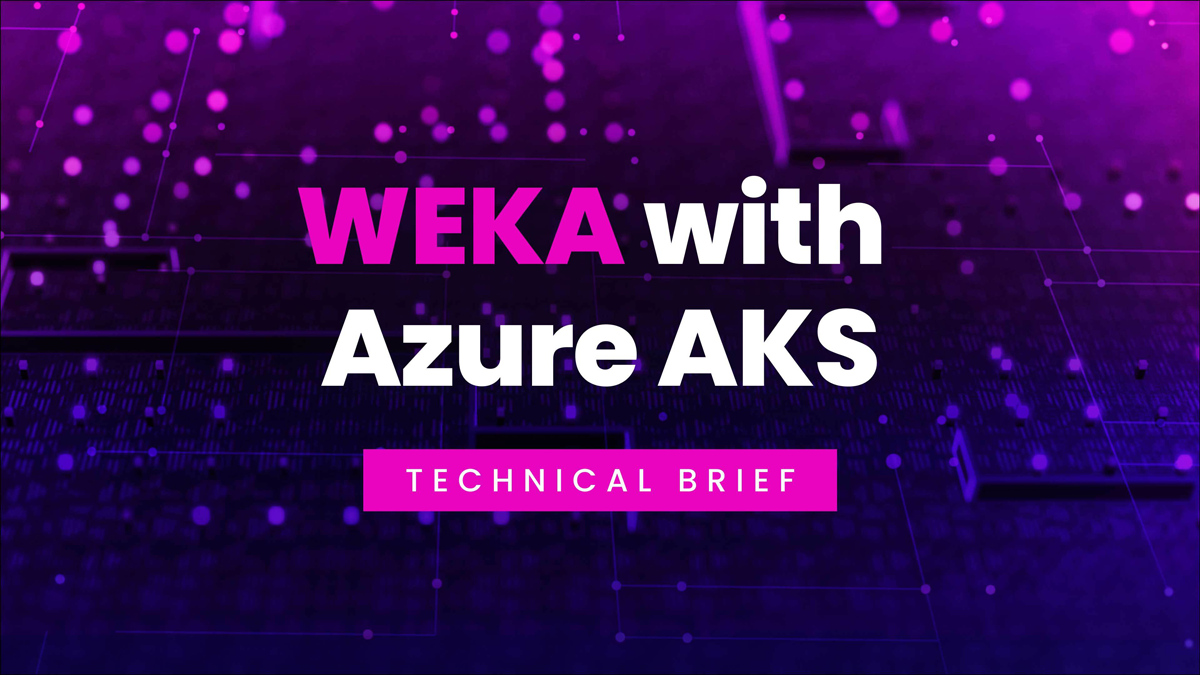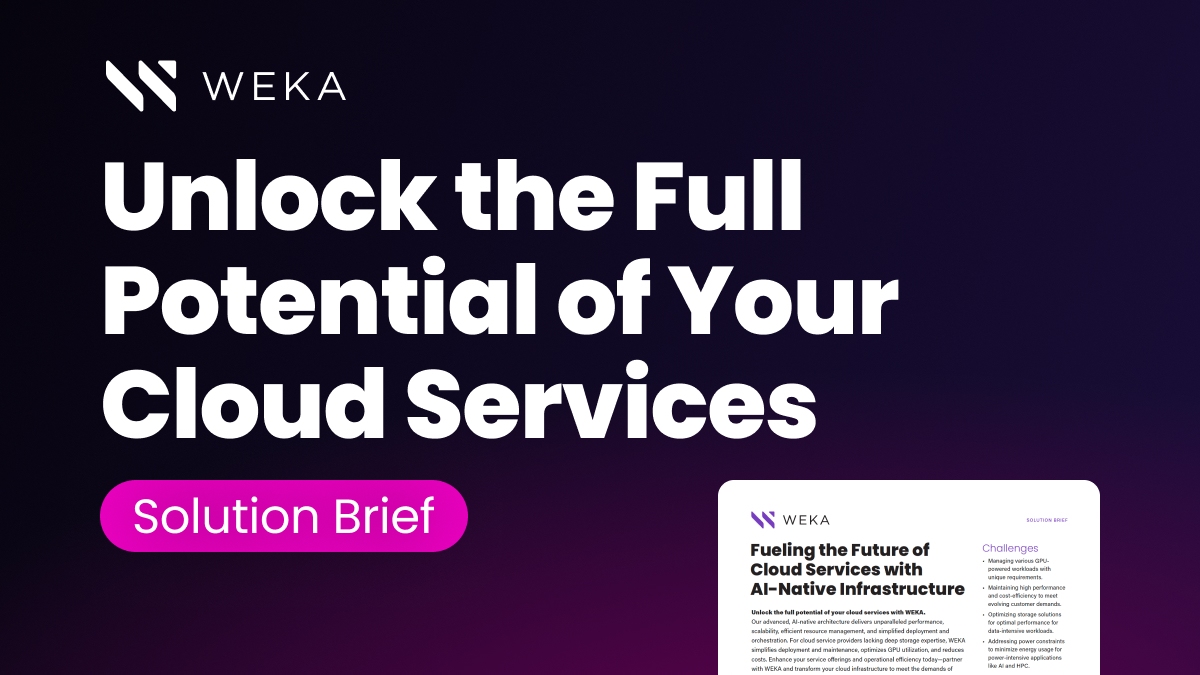Machine Learning vs. Neural Networks (Differences Explained)

We discuss the differences and similarities between machine learning and neural networks, how each works, and how they relate to deep learning and artificial intelligence.
What are the differences between machine learning and neural networks? Machine learning, a subset of artificial intelligence, refers to computers learning from data without being explicitly programmed. Neural networks are a specific type of machine learning model, which are used to make brain-like decisions.
What Is Machine Learning?
Machine learning (or ML) is the discipline of creating computational algorithms or systems to build “intelligent machines,” or machines that can complete tasks strategically in ways that humans do, often better.
As a subset of artificial intelligence, ML is often confused with AI. AI, however, is a wide-ranging discipline covering several subdisciplines like machine learning, robotics, visual computation, and others. Machine learning effectively serves as the “brain,” or foundation of AI.
At the core of ML is the use of large sets of training data to feed its systems to effectively learn the patterns in the data and the best approaches to solving problems with that data. Different systems will use data in different ways to promote different types of learning. The results lead to different types of strategic thinking from ML algorithms.
Some typical types of machine learning include the following:
- Supervised Learning: An ML system is provided with a data set along with a set of expected inputs and outputs. The theory for this type of learning is that the machine, knowing the desired output, can map the right strategies to the data to meet those expectations. This type of learning can support intelligent data classification and active learning strategies.
- Unsupervised Learning: The machine learning system is given a set of unstructured data with no intended outputs. The machine learning algorithm is expected to use that data to derive patterns and commonalities that lead to self-directed strategies and insights. This kind of learning is common in statistics and probability.
- Reinforcement Learning: The system operates in a virtual environment where a cumulative reward is provided for strategically advantageous actions toward a goal or set of goals. This type of machine learning is typically used for agent-based applications, such as AI-controlled players in online games or agents operating in simulations and swarm intelligence.
Across these different approaches, the core purpose of machine learning is to create machines that can use data to independently create strategies for solving real-world problems in ways that humans do, often better. These problems can include tasks like directing self-driving cars or optimizing simulations of complex manufacturing environments.
What Are Neural Networks?
Since the 1960s and 1970s, traditional machine learning and artificial intelligence have relied on linear understandings of learning through straightforward algorithms. Researchers and scientists used linear “if-then” logical structures that presupposed that the actual learning mechanisms underlying AI would map directly to their representation in code.
As our understanding of the workings of the human brain evolved, however, computer scientists began to rethink their approach to ML. Specifically, they began to move away from code-based machine learning to systems that mirrored our understanding of neurons.
Thus, neural networks were created. A neural network is a series of nodes (singular computational units) connected through a set of inputs and outputs. Each node represents a weight computation—that is, positive and negative weights representing individual responses to an input that result in an output.
While single nodes do not perform any decision-making tasks, the decentralized nature of a neural network is such that it reduces this complexity into parts that “learn” behavior through emergent interaction. Therefore, this nonlinear approach provides a more flexible and responsive way to model nonlinear systems.
Furthermore, the advent of neural networks has introduced several new forms of ML:
- Deep Learning: Layers of neural networks combine to form a sort of “brain” in which complex tasks are broken down into constituent parts, compiled as layers in a system. Simpler tasks reside deeper in the network. As inputs shape behavior for these tasks, outputs percolate up the layers to inform higher-level decisions. A common example of this kind of learning is facial recognition AI, where simpler tasks like pattern mapping and boundary recognition serve as a basis for complex tasks like color recognition and predictive mapping.
- Deep Reinforcement Learning: A combination of deep learning and reinforcement learning, DRL uses deep learning neural networks as a foundation, accepting environmental input as agents in simulations to learn complex strategies toward accomplishing tasks.
How Are Neural Networks Used in Machine Learning?
These are not exclusive technologies. Neural networks are critical parts of machine learning as a discipline.
Neural networks are a significant game changer in modern AI and ML precisely because of the modern data landscape:
- Big data platforms, including hybrid, high-performance cloud environments and big data analytics, provide the volume of data needed to train complex neural networks. Prior to these technologies, securing the right types and volumes of data was difficult. These challenges created a horizon around what was possible with AI. However, modern data platforms created an environment where neural networks could work on massive data sets and learn complex strategies and operations.
- Hardware acceleration through technologies like specialized GPUs and high-performance Non-Volatile Memory Express have made high-performance cloud computing a reality. Following this, distributed and scalable machine learning platforms are well within the grasp of dedicated organizations and researchers.
These two realities have created a real chance for neural networks and deep learning. In fact, some of the more prominent criticism of deep learning was the prohibitive costs in storage and computational power. These costs are addressed by high-performance computing cloud platforms.
However, some critiques of deep learning and neural networks still exist. These include the possibility that neural networks only provide superficial advances in complex systems that seem equally complex to limited human perceptions. Furthermore, another criticism suggests that neural networks can learn complex interrelations of inputs and outputs— correlations—without actually comprehending causation.
These criticisms aren’t an immediate dismissal of the technology but rather a framing of the potential, particularly in relation to broader conversations around how ML systems approach intelligence.
Nonetheless, neural network machine learning systems have made major advances in particular areas, including statistical modeling, financial and insurance modeling, manufacturing optimization and controls, and limited human interactions through chatbots.
Power Machine Learning with WEKA High-Performance Cloud
The foundation of effective neural network applications is a robust, high-performance cloud infrastructure that can combine vast quantities of data with hardware and software that can handle large scaling ML workloads.
WEKA provides such a service with the following features:
- Streamlined and fast cloud file systems to combine multiple sources into a single high-performance computing system
- Industry-best, GPUDirect performance (113 Gbps for a single DGX-2 and 162 Gbps for a single DGX A100)
- In-flight and at-rest encryption for governance, risk, and compliance requirements
- Agile access and management for edge, core, and cloud development
- Scalability up to exabytes of storage across billions of files
Contact the WEKA support team to learn more about machine learning cloud platforms.
Additional Resources
- Accelerating Machine Learning for Financial Services
- GPU for AI/ML/DL
- A Storage Solution
- 10 Things to Know When Starting with AI
- How to Rethink Storage for AI Workloads
- FSx for Lustre
- 5 Reasons Why IBM Spectrum Scale Is Not Suitable for AI Workloads
- Gorilla Guide to the AI Revolution: For Those Who Are Solving Big Problems
- Kubernetes for AI/ML Pipelines Using GPUs





